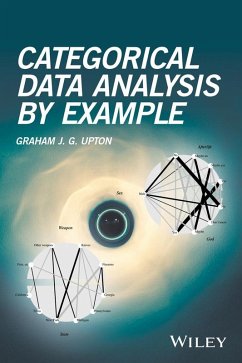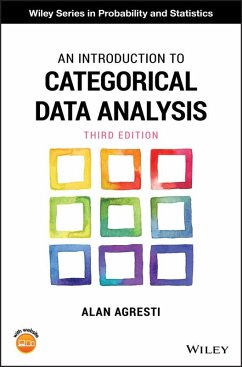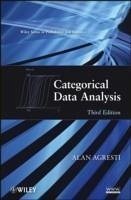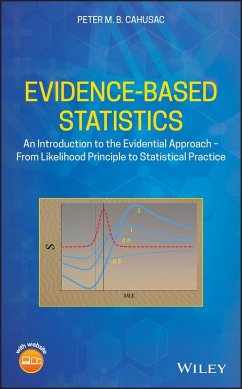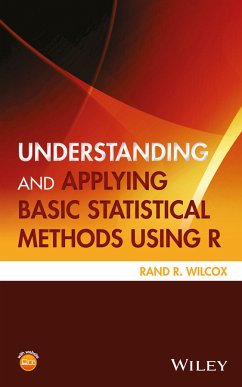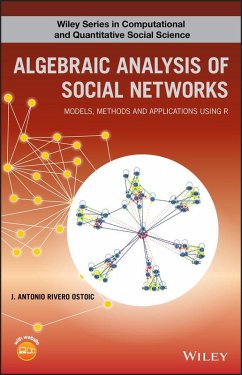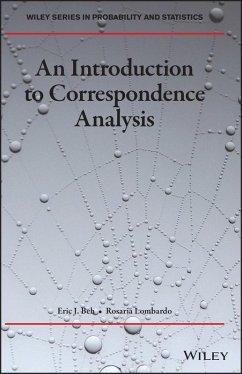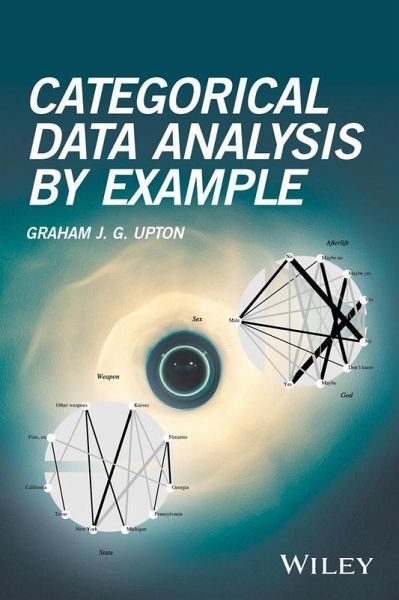
Categorical Data Analysis by Example (eBook, PDF)
Versandkostenfrei!
Sofort per Download lieferbar
90,99 €
inkl. MwSt.
Weitere Ausgaben:

PAYBACK Punkte
0 °P sammeln!
Introduces the key concepts in the analysis of categoricaldata with illustrative examples and accompanying R codeThis book is aimed at all those who wish to discover how to analyze categorical data without getting immersed in complicated mathematics and without needing to wade through a large amount of prose. It is aimed at researchers with their own data ready to be analyzed and at students who would like an approachable alternative view of the subject.Each new topic in categorical data analysis is illustrated with an example that readers can apply to their own sets of data. In many cases, R ...
Introduces the key concepts in the analysis of categoricaldata with illustrative examples and accompanying R code
This book is aimed at all those who wish to discover how to analyze categorical data without getting immersed in complicated mathematics and without needing to wade through a large amount of prose. It is aimed at researchers with their own data ready to be analyzed and at students who would like an approachable alternative view of the subject.
Each new topic in categorical data analysis is illustrated with an example that readers can apply to their own sets of data. In many cases, R code is given and excerpts from the resulting output are presented. In the context of log-linear models for cross-tabulations, two specialties of the house have been included: the use of cobweb diagrams to get visual information concerning significant interactions, and a procedure for detecting outlier category combinations. The R code used for these is available and may be freely adapted. In addition, this book:
Categorical Data Analysis by Example is a reference for students in statistics and researchers in other disciplines, especially the social sciences, who use categorical data. This book is also a reference for practitioners in market research, medicine, and other fields.
This book is aimed at all those who wish to discover how to analyze categorical data without getting immersed in complicated mathematics and without needing to wade through a large amount of prose. It is aimed at researchers with their own data ready to be analyzed and at students who would like an approachable alternative view of the subject.
Each new topic in categorical data analysis is illustrated with an example that readers can apply to their own sets of data. In many cases, R code is given and excerpts from the resulting output are presented. In the context of log-linear models for cross-tabulations, two specialties of the house have been included: the use of cobweb diagrams to get visual information concerning significant interactions, and a procedure for detecting outlier category combinations. The R code used for these is available and may be freely adapted. In addition, this book:
- Uses an example to illustrate each new topic in categorical data
- Provides a clear explanation of an important subject
- Is understandable to most readers with minimal statistical and mathematical backgrounds
- Contains examples that are accompanied by R code and resulting output
- Includes starred sections that provide more background details for interested readers
Categorical Data Analysis by Example is a reference for students in statistics and researchers in other disciplines, especially the social sciences, who use categorical data. This book is also a reference for practitioners in market research, medicine, and other fields.
Dieser Download kann aus rechtlichen Gründen nur mit Rechnungsadresse in D ausgeliefert werden.




